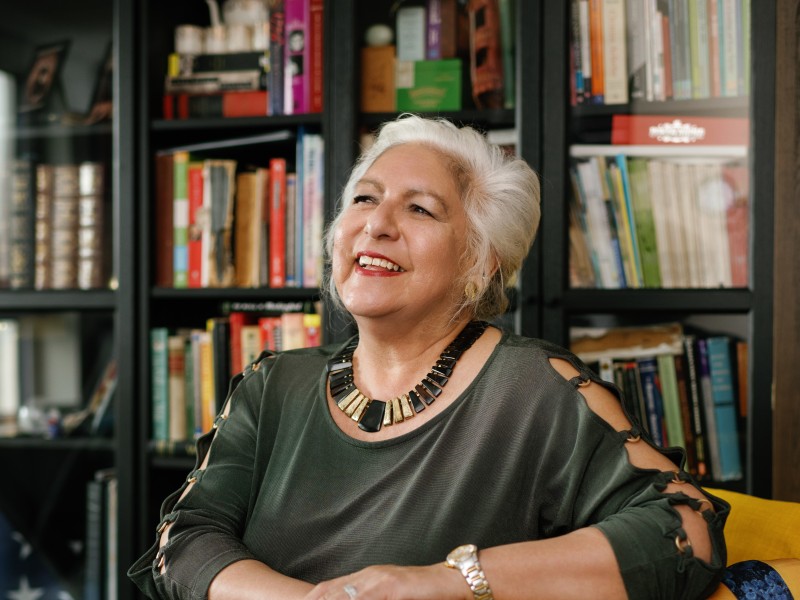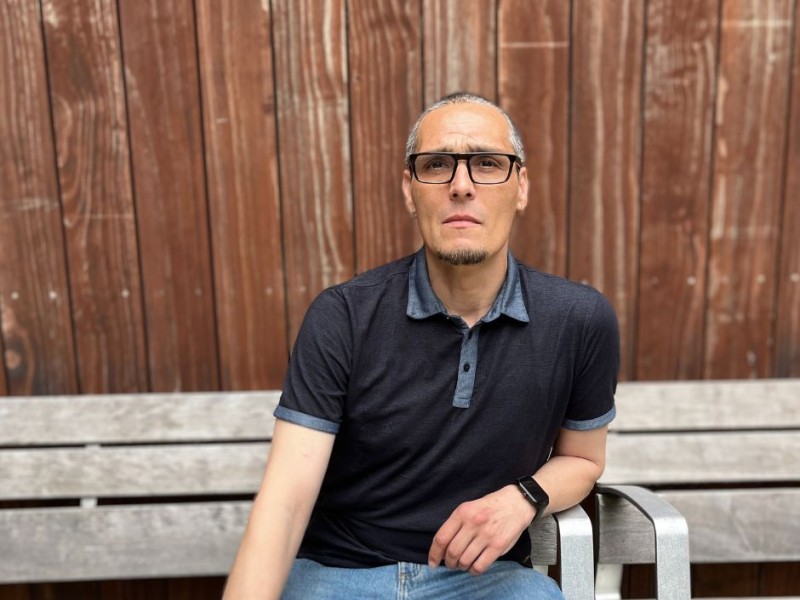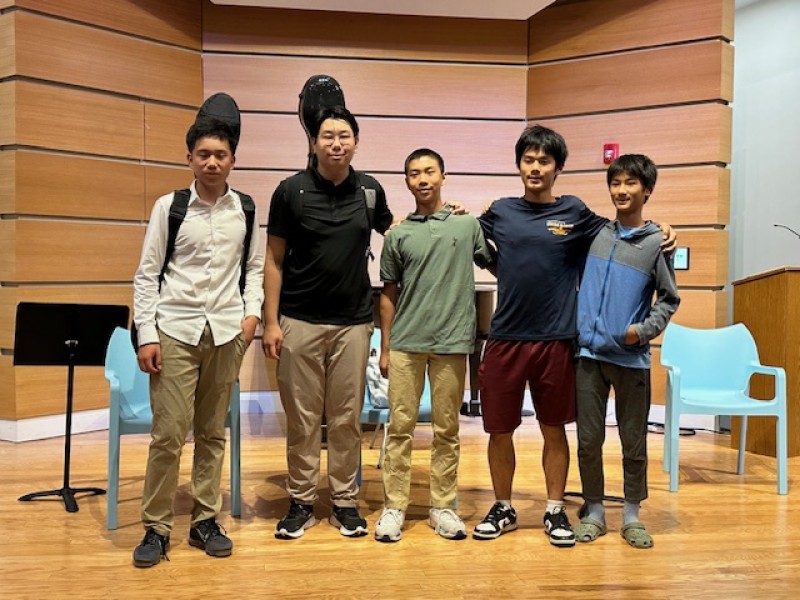Be the Change: Advocating for aging in community
Expanding 2Life’s innovative model for aging in community takes more than commitment; it requires funding and constant attention to local, state, and national policy that affects senior housing. Leading the way in advancing those policies is the focus of 2Life’s advocacy — work that engages our leadership, staff, and residents.
“Our goal is that, as we continue to innovate, refine our approach, and learn, we can extend our influence beyond 2Life and set up other organizations to provide these opportunities to as many people as possible,” says 2Life Chief of Staff Emily Levine, who heads up 2Life’s advocacy efforts. “We want everything we do to be accessible, scalable, and, when it works well, adopted as best practice.”
Advocacy at 2Life takes multiple forms, from engaging with policymakers and mobilizing on issues that impact seniors to facilitating opportunities for residents and staff to get involved in advocating on issues that impact us all as we age. “Residents’ voices are essential to this effort,” Emily says.
Forging productive relationships with local, state, and federal policymakers is an important aspect of 2Life's approach to advocacy. For example, 2Life staff and residents recently met with U.S. Representative Ayanna Pressley at our Brighton campus to talk about 2Life’s aging in community model, and to enlist her support for critical changes to the federal Section 202 Supportive Housing for the Elderly Program in hopes that more older adults can access the type of service-rich communities 2Life provides.
2Life has become a must-stop for local, state, and federal candidates who recognize our leadership, staff, and residents as “go-to” sources of insight on issues related to aging — from accessibility and transportation to pocketbook issues. One area of focus for 2Life’s advocacy is the Low- Income Housing Tax Credit Program designed to help drive new housing.
“We appreciate access to this tool. But we know that, in Greater Boston, without layering additional subsidy onto a tax credit apartment, the rents are too high for most of our population,” Emily explains. She notes that 2Life is focusing on educating policymakers about the economics of aging and urging them to help brainstorm ways to make this resource more responsive to the needs of seniors and more effective as a longer- term housing solution. “We’re weaving in stories from residents explaining their situations and sharing their personal narratives, including those who have experienced housing instability and homelessness.”
With COVID-19 lockdowns in the rearview mirror, Emily hopes to ramp up opportunities for 2Life residents to bring their advocacy to the corridors of power both in Boston and in Washington,
D.C. “We’re committed to helping facilitate opportunities for people to exercise their voices on the issues that really matter to them,” she says. “We’re just getting started, so stay tuned!”
“I loved getting to meet with Representative Pressley,” said resident Jerome Williams. “She’s amazing and has so much to offer to help our community. She visited my apartment and made sure we took a photo. It’s hanging up now in my living room. That was the highlight of the day for me. I hope she comes back to see it.”


